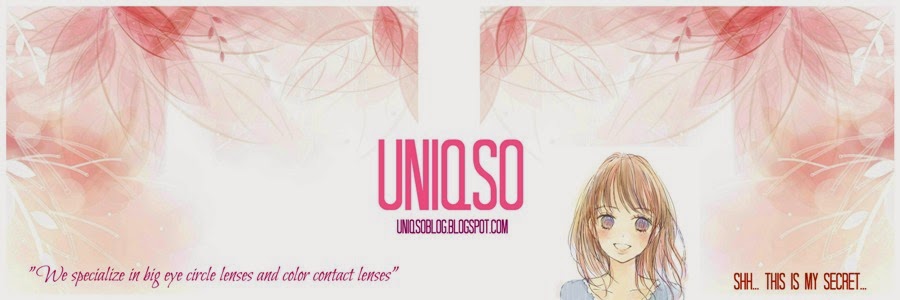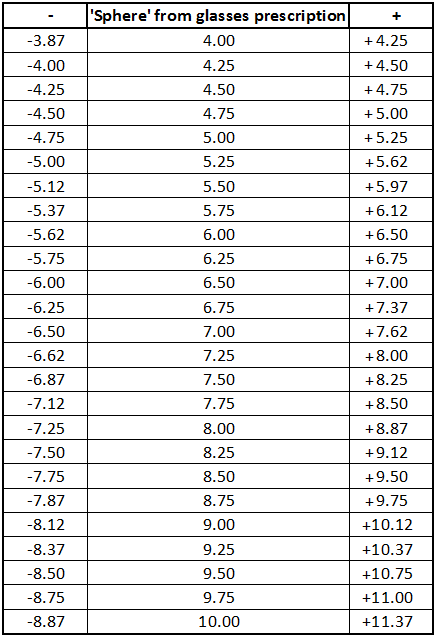Prescription of glasses and contact lenses may have some correlation
but they are quite different. Furthermore, prescriptions involve typical terms
that are complex to decipher. It is almost impossible for a lay man to make an
understanding out of the written prescriptions. Therefore, you are always
advised to visit to your eye doctor whenever you are making adjustments in your
life from glasses to circle contacts. Sometimes, however, you are too stuck in
life to take time out to obtain contact lens prescription. Below, we will try
to explain how to convert your glasses prescription to obtain circle contacts.
How different is the Prescription of Glasses from Contacts?
Prescription of glasses is measured in Diopters sphere;
represented as “D”. Diopter Sphere indicates spherical correction only. “-“(minus)
signs mean correction for nearsightedness whereas a “+” (plus) sign means
correction for farsightedness (hyperopia). Please note Spherical Diopters
prescription does not deal with correction of Astigmatism.
Glasses sit at the distance of 12mm whereas contact lenses
directly float over the cornea. This means, it is needed to be adjusted for
contact lenses. Technically speaking, the strength for contact lenses should be
less than that of the glasses. Fortunately enough, if the absolute value (Ignoring
+ or -) is less than 4.00 Diopters; the change in the prescription from glasses
to contact lenses is not significant in numbers. You would only need conversions if your prescription is greater than 4.00 diopters.
By using a Vertex Conversion Chart”; you can easily convert
the values to derive your prescription of contact lenses from glasses'.
Let’s take an example
Below are the Sphere Values:
OD- Oculus Dexter (right eye): -5.00
OS- Oculus Sinister (left eye): -6.00
To convert the sphere values, we start with the right eye.
In this case we have “-5.00” value which we will look up for, in the middle
column. Since here we have a minus sign that means a correction for nearsightedness
is required, we will refer to the values mentioned in the left column i.e. “-4.75”.
For the left eye it would be “-5.62”. If we keep the values same, but need to
make correction for the farsightedness then we will refer to the right column.
Hence the values we get will be: “+5.25 & +6.50”.
Unfortunately, converting values from vertex chart only
allows you to choose for an increment of every 0.25. (0.25, 0.75, 1.00, 1.25
etc). If your prescription ends with .12, .37, .62 you need to make a
contemplated decision. Make a closest match either a value up, or down. In most
cases either ways should work fine. This is how a simple prescription works.
Ont the other hand, “Cylinder number” in prescription of glasses indicates
correction for “Astigmatism”. Regular soft contact lenses cannot correct
astigmatism but “Toric contact lenses”. We recommend seeing your eye doctor in
case of medical complications as he will be better able to check your eyes and
recommend a brand as per your own individual requirements & health status.



No comments:
Post a Comment